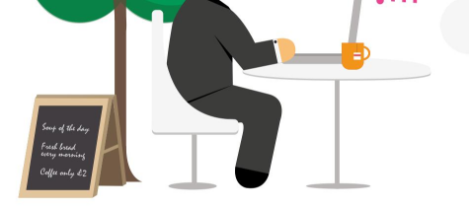June 22, 2016
One in six business leaders don’t link staff wellbeing with organisational success 0
 You can take this story however you like, but a new YouGov survey of attitudes amongst British business leaders claims that just one in six (17 percent) believe that fostering a healthy work-life balance for employees is not important for their organisation. The research also found that 15 percent of organisations in the UK don’t place any focus on the mental health and wellbeing of employees. Furthermore, three in ten (31 percent) say that their company does not do anything to actively promote mental well-being in the workplace. However, there is a clear difference in approach based on size of the organisation involved. Small businesses (44 percent) surveyed are far more likely to admit they don’t do anything, compared to medium (29 percent) and large (15 percent) businesses. This all still means that the majority of firms are actively interested in their employees’ wellbeing, but the proportion of those who aren’t may raise an eyebrow.
You can take this story however you like, but a new YouGov survey of attitudes amongst British business leaders claims that just one in six (17 percent) believe that fostering a healthy work-life balance for employees is not important for their organisation. The research also found that 15 percent of organisations in the UK don’t place any focus on the mental health and wellbeing of employees. Furthermore, three in ten (31 percent) say that their company does not do anything to actively promote mental well-being in the workplace. However, there is a clear difference in approach based on size of the organisation involved. Small businesses (44 percent) surveyed are far more likely to admit they don’t do anything, compared to medium (29 percent) and large (15 percent) businesses. This all still means that the majority of firms are actively interested in their employees’ wellbeing, but the proportion of those who aren’t may raise an eyebrow.



































June 18, 2016
Productive workplaces + Long hours link to ill health + Coworking rise 0
by Sara Bean • Cities, Comment, Environment, Facilities management, Flexible working, Furniture, Newsletter, Technology, Wellbeing, Workplace